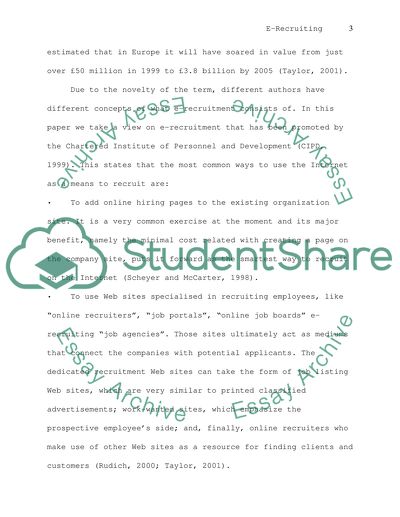Cite this document
(“E-Recruiting (HR) Essay Example | Topics and Well Written Essays - 2750 words”, n.d.)
Retrieved from https://studentshare.org/miscellaneous/1517608-e-recruiting-hr
Retrieved from https://studentshare.org/miscellaneous/1517608-e-recruiting-hr
(E-Recruiting (HR) Essay Example | Topics and Well Written Essays - 2750 Words)
https://studentshare.org/miscellaneous/1517608-e-recruiting-hr.
https://studentshare.org/miscellaneous/1517608-e-recruiting-hr.
“E-Recruiting (HR) Essay Example | Topics and Well Written Essays - 2750 Words”, n.d. https://studentshare.org/miscellaneous/1517608-e-recruiting-hr.


